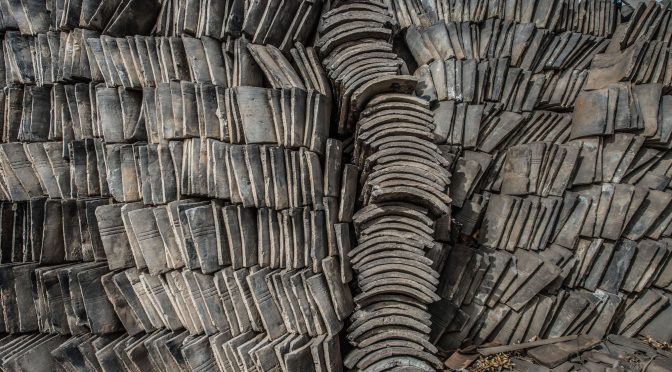There have been a flurry of companies producing white papers on the way that blockchain applications can help to solve the challenges of independent creators. These range from new distribution networks to services that claim to solve the attribution/ownership issues.
In response to a tweet by my friend Leora Kornfeld, I launched a little fusillade at her, explaining why I think that all of the proposals I have seen are worse than worthless – they actually provide negative benefit to independent creators. Here is that tweet storm in paragraph form.
________
I come at this as a person who makes the bulk of his income by selling intellectual property – photos, books and videos – print, DVD and download. None of the challenges I face are going to be helped by blockchain.
The main challenges are, in this order:
1. Making content worth buying
2. Developing, maintaining and expanding an audience
3. Find technical solutions to make the production and sale of materials possible and profitable
There is a database problem in this task set, primarily the audience relationship management. But this task is not going to be helped by using a public, immutable, distributed database. (GDRP anyone?)
We have a valuable long-term relationship with my readers. We need to keep records of what they bought, how to contact them, what their communication preferences are, whether we’ve done seminars with them, what problems they encounter, whether they are nice (almost all are).
This calls for Filemaker (or some other dedicated contact/customer management tool), not a blockchain.
Okay, so maybe blockchain is not going to help you sell, but can’t it help protect your stuff? Put it in the blockchain and it’s protected…somehow.
In the US at least, putting something in a blockchain gets you exactly zero protection. If you want to protect your stuff, you need to register it with the Copyright office. (A blockchain app might do the registration, but the blockchain part does not get you any benefit.)
And it’s basically impossible to use a blockchain “fingerprint” for any enforcement (unless it’s accompanied by a copyright registration – the real lever).
The “fingerprint” of any digital image or video will change each time it’s uploaded to a new service and recompressed. So the “immutable record” turns into “this might be the same photo/video”, but only if you have other matching software running separately from the blockchain.
So, in the end, what is left for the blockchain? Payment? How will that be better than Visa, Paypal or Venmo? These can all be converted to local currency nearly anywhere in the world. We sell directly to customers in dozens of countries. Shopify handles most of these transactions seamlessly for a 2% transaction fee.
But wait, it gets worse. The investment in blockchain vaporware takes money and focus away from real solutions.
This could include small claims copyright remedies, new distribution channels that have a chance of functioning, international agreements, new methods to monetize owned content, etc.
As a metadata and asset management nerd, I think in data structures. I’m always looking for new paradigms, new uses. But I just can’t find a good structural use for a blockchain.
Since you’re reading this, you might want to talk a look at my books. They deal with the intersection of digital technology and visual media. https:theDAMbook.com
But there is no blockchain in them…

